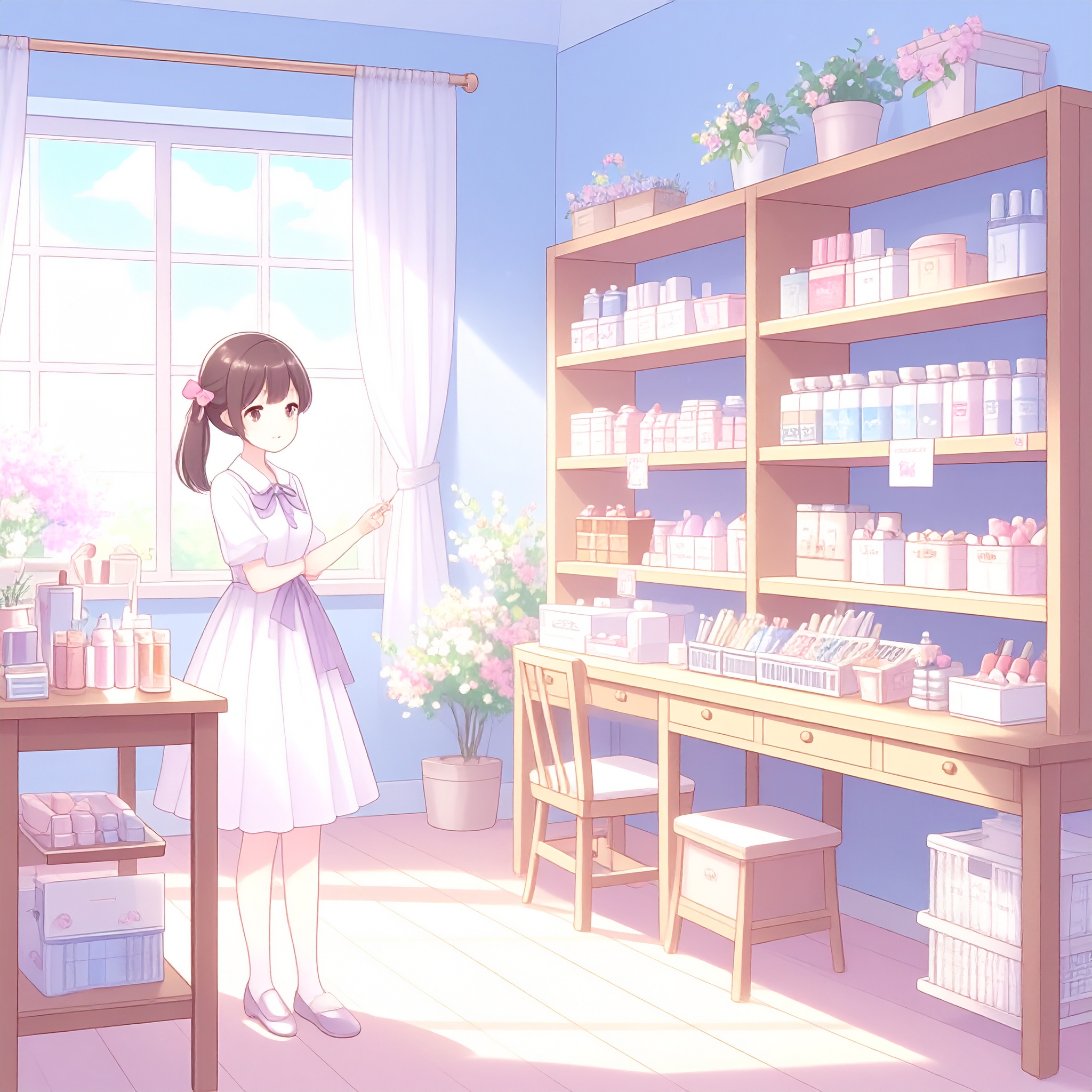“I want to elevate the look of my home.”
“I need more storage—can I add shelving?”
“I’d love to personalize the space to suit my style.”
These desires have led to a growing interest in DIY (self-renovation) even among tenants in high-end rental properties. However, when it comes to actually making changes, questions naturally arise:
“Is it okay to drill into the walls?”
“As long as I restore everything when I leave, am I in the clear?”
This article provides a clear, practical guide to the legal and contractual boundaries surrounding DIY in rental residences. We’ll also clarify exactly what modifications are permitted and which are not, to help you avoid potential disputes.
Fundamental Principle: A Rental Residence Is Not Your Property
It’s important to remember that a rental property, regardless of how long you reside there, remains the legal possession of the landlord. As such, unauthorized modifications are strictly prohibited as a general rule.
Even if a tenant invests in tasteful improvements, Japan’s Civil Code (Article 21 of the Act on Land and Building Leases) mandates that the property must be restored to its original condition upon move-out.
With this guiding principle in mind, we now turn to an important question: what level of customization is actually permitted within a rental property?
【Permissible DIY】 Modifications That Don’t Require Landlord Approval
✅ Wall-Mounted or Decorative Enhancements That Are Reversible
-
Removable wallpaper or peel-and-stick wall panels
-
Decotation attached using masking tape and double-sided adhesive
-
Tension rods and freestanding shelving units
-
Rental-safe adhesive hooks that leave no residue
-
Picture rails and display shelves that do not require drilling
-
Replacing curtain rods or installing LED lighting—so long as fixtures can be restored to their original state
These enhancements are generally permissible without prior approval—provided they are non-damaging and can be fully reversed upon move-out. This ensures both aesthetic flexibility and respect for the integrity of a rental property.

【Prohibited or Cautionary DIY】 Modifications That Are Generally Not Allowed or Require Prior Approval
“Anything Goes as Long as It’s Reversible” — A Misleading Assumption
The belief that “it’s acceptable as long as everything is returned to its original condition upon move-out” is only partially true—and can be misleading.
Even with the best intentions to restore the property, issues such as:
-
Residual adhesive or screw marks
-
Damage that leads to mold or peeling surfaces
-
Visible evidence of alterations, even if removed
…can all be grounds for a landlord to determine that the unit has not been properly restored. In such cases, tenants may be held financially responsible for repairs.
Smart Strategies for Enjoying DIY in a Rental Without Compromise
✅ Choose Removable, Rental-Friendly Materials
-
Low-adhesive decorative wall sheets designed for rentals
-
Suction-based or adhesive-free flooring tiles
-
Wallpaper adhesives formulated to leave no residue
✅ Use Specialized Mounting Tools for Walls
-
Gypsum board pins and rental-safe hardware that leave minimal, easily repairable marks
-
Staple-mounted shelving units and storage systems—discreet and damage-free options are increasingly popular
✅ Opt for Freestanding or “No-Drill” DIY Solutions
-
Instead of attaching to walls, consider using furniture pieces, partitions, or ceiling-mounted tension poles
-
A wide variety of elegant, freestanding DIY elements are now available, allowing tenants to personalize their space without compromising the integrity of the property

Some DIY Is Possible—With Prior Approval
A growing number of rental properties in Japan now fall under the category of “renovation-permitted rentals,” allowing tenants to personalize their space within certain guidelines. With formal permission, the following upgrades may be allowed:
-
Replacing wallpaper—often with approved colors or textures
-
Upgrading light fixtures—swapping in designer or custom pieces
-
Installing natural materials like wood panels or reclaimed timber for an elevated interior finish
In such cases, a clear agreement must be documented—either within the lease or through a written addendum from the property manager—outlining the exact scope of what is permitted.
Three Key Precautions to Avoid Disputes
| Point | Details |
|---|---|
| ① Review the Lease Agreement | Look specifically for clauses on “modification restrictions” and “restoration obligations” |
| ② Document with Photos | Take photos before and after any DIY work to verify the condition of the space |
| ③ When in Doubt, Ask | Always consult your property manager rather than making assumptions—confirmation ensures both peace of mind and legal clarity |
DIY in a Rental Isn’t Just About Personal Satisfaction—It Requires the Landlord’s Understanding
Personalizing a rental through DIY is no longer considered out of the ordinary. However, it’s essential to remember that you are living in a space that belongs to someone else—one you are merely leasing on a temporary basis.
Unauthorized modifications can lead to serious consequences, including disputes over restoration costs, repair charges, and complications during move-out. The true art of rental-friendly DIY lies in enhancing your living environment without causing damage, while honoring legal boundaries and the property owner’s trust.




